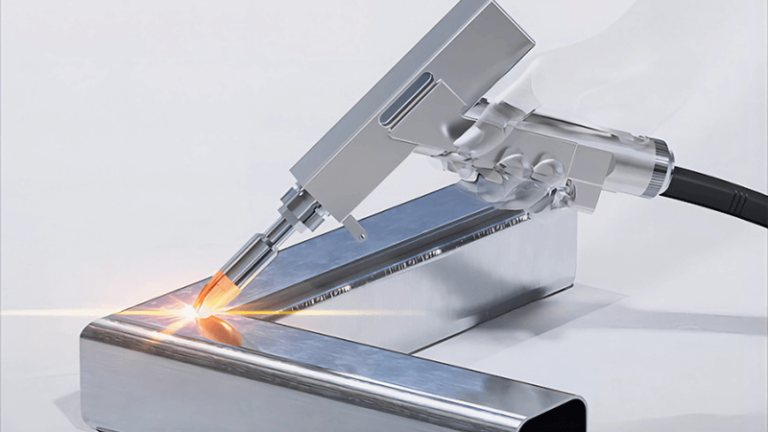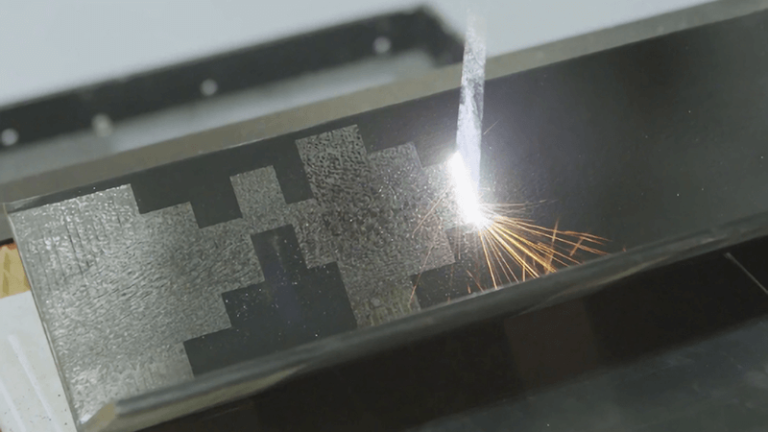If you're a firearm manufacturer or dealer, one mistake in ATF engraving compliance can cost you your license—or worse. And yet, many still use the wrong equipment or don’t fully understand the rules.
ATF engraving requirements specify minimum depth, height, and permanence of markings on firearms. Using a reliable fiber laser marking machine ensures full legal compliance and avoids costly violations.
For anyone working in firearms manufacturing or custom builds, understanding ATF marking rules isn’t just paperwork—it’s a critical business risk. In my work with firearm shops and wholesalers, I’ve seen how compliance failures can snowball into lawsuits, shutdowns, and seized inventory. Let’s break down exactly what the ATF requires and how Kirin Laser machines can help you meet every spec with confidence.
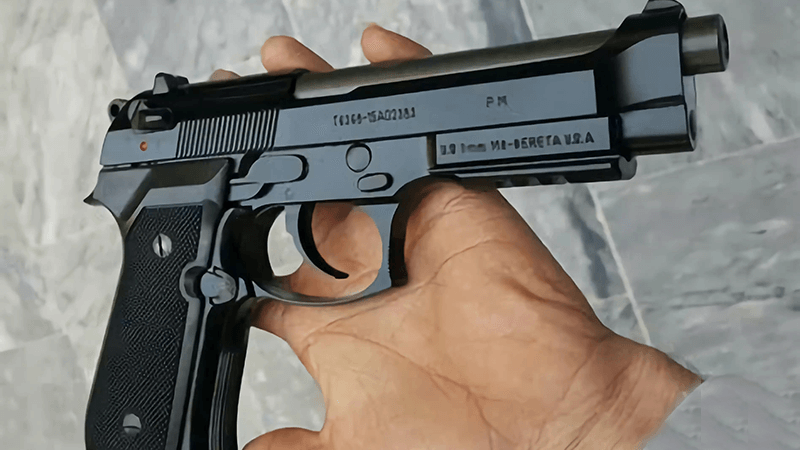
What are the rules for engraving ATF?
ATF regulations aren’t just guidelines—they’re federal law. Miss one detail, and you’re in violation. That’s why every detail matters when I’m setting up machines for firearm clients.
The ATF requires firearm engravings to be a minimum of 0.003 inches deep and 1/16 inch tall, permanently marked in a visible area. These marks must include serial number, manufacturer, model, and location.
Why does ATF require these specs?
The ATF’s goal is clear: they want firearm markings to be permanent, legible, and traceable. That’s why these size and depth rules exist. A number that can fade, be scratched off, or worn away doesn’t cut it.
What does that mean for laser marking?
For a laser engraver1 to be compliant, it needs two things:
- Enough power to reach 0.003" depth
- Enough control to stay consistent on metal surfaces
At Kirin Laser, we use fiber laser marking machines2 that hit this mark every time. We’ve tested on steel, aluminum, and titanium. Whether the customer is engraving on AR lowers or serialized suppressors, our machines give exact repeatability.
| ATF Requirement | Kirin Laser Compliance |
|---|---|
| Minimum Depth: 0.003" | ✅ Achieved consistently |
| Minimum Height: 1/16" | ✅ Adjustable via software |
| Durability | ✅ Deep, permanent fiber laser mark |
| Material Compatibility | ✅ Works on hardened steel, alloys |
| Repeatability | ✅ Industrial-grade control systems |

What are the requirements for NFA laser engraving?
NFA regulations go even deeper—literally and legally. NFA items like silencers and SBRs fall under stricter registration and identification rules.
NFA firearms must be engraved with the maker’s name, city, and state, in addition to a compliant serial number. These marks must also meet ATF's depth and visibility standards.
What makes NFA different?
When you create or modify an NFA firearm3—like building an SBR from a lower—you become the “manufacturer” in the ATF’s eyes. That means you must engrave your identity info, not just the serial number.
I had a client once—a small AR builder—who didn’t realize this. He submitted a Form 1, built the gun, but didn’t engrave. ATF flagged the issue during an inspection. He was lucky to fix it in time. We used our Kirin fiber laser4 to add the required markings with perfect depth on the magwell.
Why fiber laser is the best option for NFA?
- Speed: Fiber lasers mark deep and fast—seconds, not minutes.
- Precision: Ideal for small components like suppressor tubes.
- No Contact: No clamps or jigs needed, reducing risk of damage.
| NFA Requirement | Fiber Laser Advantage |
|---|---|
| Maker’s Name, City, State | ✅ Input digitally, engraved precisely |
| Serial Number | ✅ Software-controlled vector marking |
| Barrel, Frame, or Receiver | ✅ Configurable for all surfaces |
| Depth 0.003", Height 1/16" | ✅ Calibrated automatically |
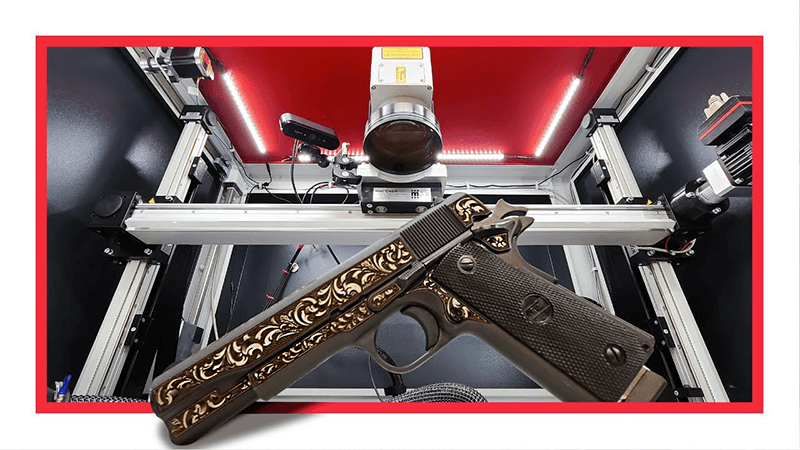
Do NFA items need to be engraved?
This question comes up all the time, especially from DIY builders and shops new to NFA forms. The answer is always yes, with zero exceptions.
Yes. All NFA-regulated firearms made or modified by an individual or business must be engraved with specific identifying information. This is a mandatory part of the Form 1 or Form 2 process.
What happens if you skip engraving?
No engraving = illegal possession5. That’s not hyperbole. The ATF considers it a violation of the National Firearms Act6, which can bring serious legal consequences.
I’ve helped multiple shops who thought they could engrave “later.” One got delayed during shipping, one forgot altogether. Both were cited in ATF inspections. After that, they brought in Kirin Laser machines on-site to eliminate the risk.
What to engrave and where?
According to ATF and NFA rules, here’s the required info:
- Serial number
- Manufacturer or maker
- Model (if applicable)
- Caliber or gauge
- City and State of manufacturer
| Data to Engrave | Placement | Kirin Laser Note |
|---|---|---|
| Serial Number | Frame or receiver | ✅ Can be batch programmed for production |
| Maker’s Info (Form 1) | Any visible part (receiver) | ✅ Templates for quick repeat jobs |
| Caliber, Model | Optional unless specified | ✅ Preloaded libraries in software |
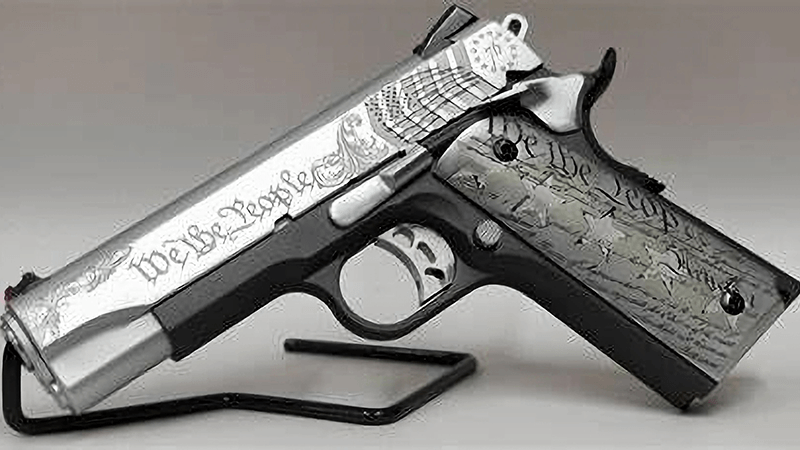
Can anyone engrave a gun?
Short answer: yes, but with limits. Not all engravers are created equal. And not all marks are legal under ATF rules.
Anyone can engrave a firearm, but the engraving must meet ATF specifications. Using subpar tools or insufficient depth can lead to noncompliance. It’s your legal responsibility to verify the results.
Why DIY engraving often fails
I once worked with a local FFL dealer who bought a budget CO2 engraver online. It couldn’t even scratch anodized aluminum. He tried to go deeper manually and ended up warping the receiver.
ATF doesn’t care about your effort—they care about your results. The markings have to be permanent and legible. That’s why I always recommend using fiber lasers7, not rotary or diode machines.
What makes Kirin Laser a better choice?
- Industrial Quality8: Built for metal, not hobby plastics.
- Depth Control: Achieve 0.003" with precision, every time.
- Support: We train your team, calibrate settings, and provide ongoing help.
| Method | ATF-Compliant? | Why It Fails |
|---|---|---|
| CO2 Laser | ❌ | Too shallow on metals |
| Diode Laser | ❌ | Low power, inconsistent burn |
| Rotary Engraver | ⚠️ Variable | Requires high skill and depth test |
| Kirin Fiber Laser | ✅ | Calibrated, high-power, repeatable |
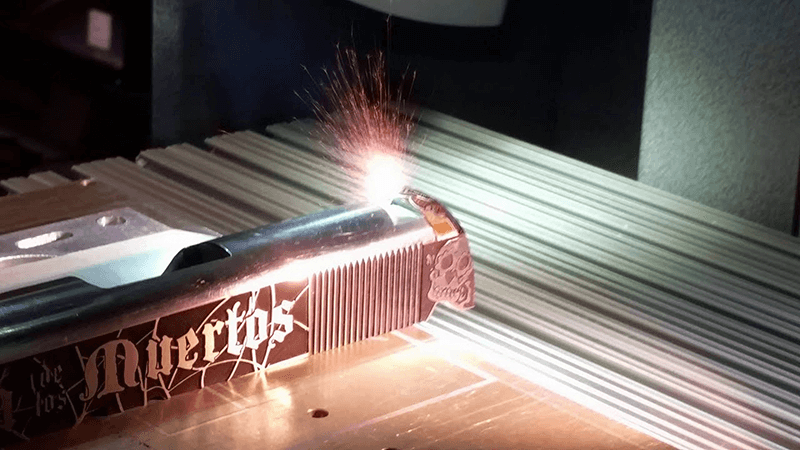
Conclusion
ATF and NFA engraving9 rules aren’t just technical—they’re legal obligations. Whether you're a firearm manufacturer or an individual Form 1 builder, the safest path is using a fiber laser that meets depth and permanence standards. At Kirin Laser, we design our machines for this exact purpose. We’ve helped small shops, large manufacturers, and first-time builders avoid costly mistakes and stay fully compliant. If you work in the firearms space, your engraving machine is your legal safety net. Make sure it’s built for the job.
-
Discover top laser engravers that meet ATF standards for firearm marking, ensuring durability and precision for legal compliance. ↩
-
Discover the technology behind fiber laser marking machines and their advantages in achieving precise and durable engravings. ↩
-
Understanding NFA firearm regulations is crucial for compliance and avoiding legal issues. ↩
-
Explore the benefits of fiber laser technology for precision and efficiency in engraving. ↩
-
Understanding the legal implications of illegal possession can help you avoid serious consequences and stay compliant. ↩
-
Exploring the National Firearms Act will provide crucial insights into firearm regulations and compliance. ↩
-
Explore the benefits of fiber lasers for engraving, including precision and compliance with ATF regulations. ↩
-
Learn why industrial quality in engraving machines ensures durability and effectiveness, especially for metal work. ↩
-
Know the best laser marking machine and laser marking solutions from Kirin Laser, clicking this link to get all your needs. ↩


